Tanoak or tanbark oak (Notholithocarpus densiflorus var. densiflorus) is a large evergreen tree with deep green, leathery, oblong leaves with prominent veins, sometimes wavy edges, and often toothed margins. The small, creamy white, late-spring flowers are held in showy clusters of narrow, stiffly upright or outstretched catkins. The leaves and flowers resemble those of American chestnut (Castanea americana) and the fruit is an oaklike acorn with a shallow, bristly cap.
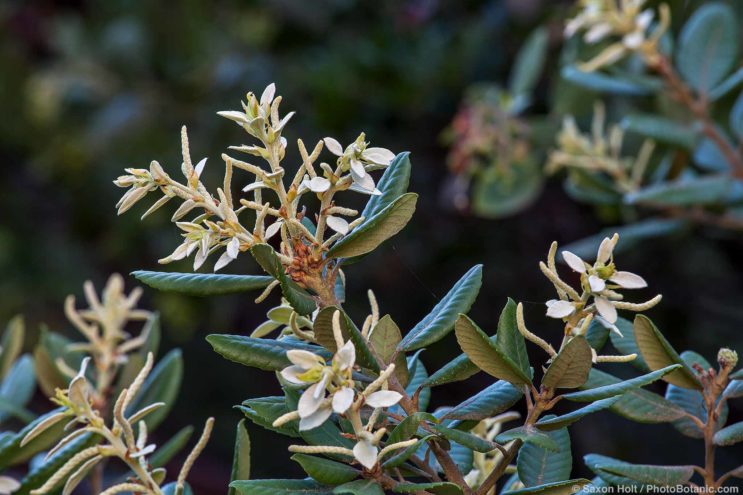
New leaves of shrubby tanoak (Notholithocarpus densiflorus var. echinoides)
Tanoaks are interesting and attractive at all times of year, but they are quite slow growing and they eventually can become too tall and wide for all but the largest gardens. In nature, when crowded among other trees, tanoaks may be narrowly conical with upswept branches. In full sun they may spread widely, with densely foliaged, horizontal branches almost touching the ground.
If your garden lacks the space for a 50- to 75-foot, wide-spreading tree, or you don’t want to wait the years it can take for a one-gallon tree to attain even 20 feet, the dwarf or shrubby tanoak (variety echinoides) may be a better choice for you.
Shrubby tanoaks are variable in the wild, ranging from two to almost 10 feet tall and as wide or wider. Leaves vary in color from pale to dark green to chalky blue and usually are smaller than those of the tree form. As with variety densiflorus, new leaves of the shrubby variety are felted on both sides with pale silvery brown or whitish hairs, a striking contrast against the older foliage. The flowers appear along with the new leaves, and from a distance the new leaves themselves can look like flowers.
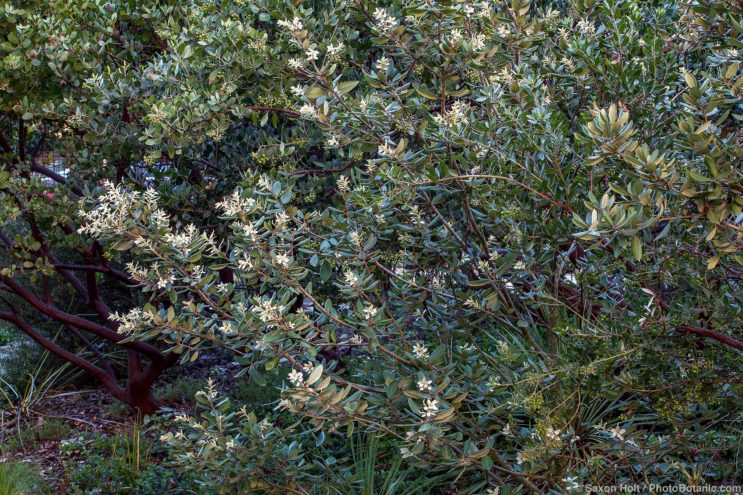
Shrubby tanoak in John Kuzma’s Portland garden (design by Sean Hogan)
Both tree and shrub varieties are native to the mountains of southwestern Oregon and northwestern California. Tree forms are found mostly in Douglas-fir, redwood, or mixed-evergreen forests along the coast as far south as the mountains east of Santa Barbara. Shrubby tanoaks are more common on dry slopes farther inland and at somewhat higher elevations in the Siskiyou and Klamath mountains of northern California.
Both varieties are at home in most soils as long as they have good to excellent drainage. Both accept some dryness in full sun to part shade but in hot-summer climates do best with a little moisture and afternoon shade. Shrubby tanoaks may be somewhat hardier than the tree form, although both will accept short periods of freezing temperatures.


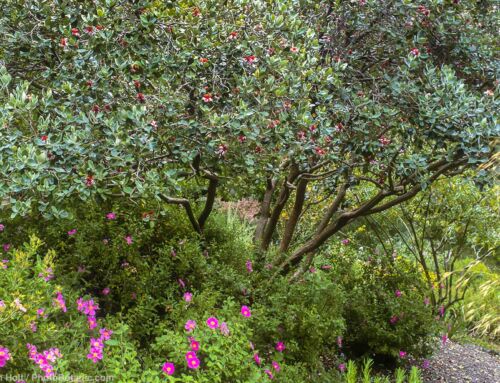
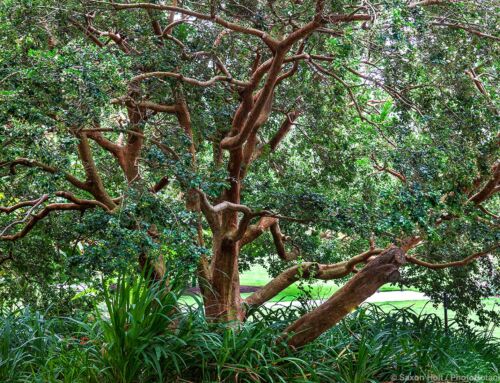
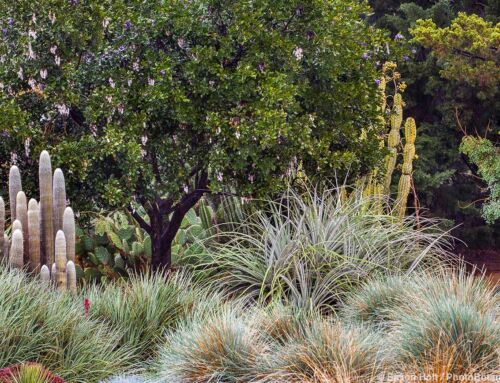
Leave A Comment